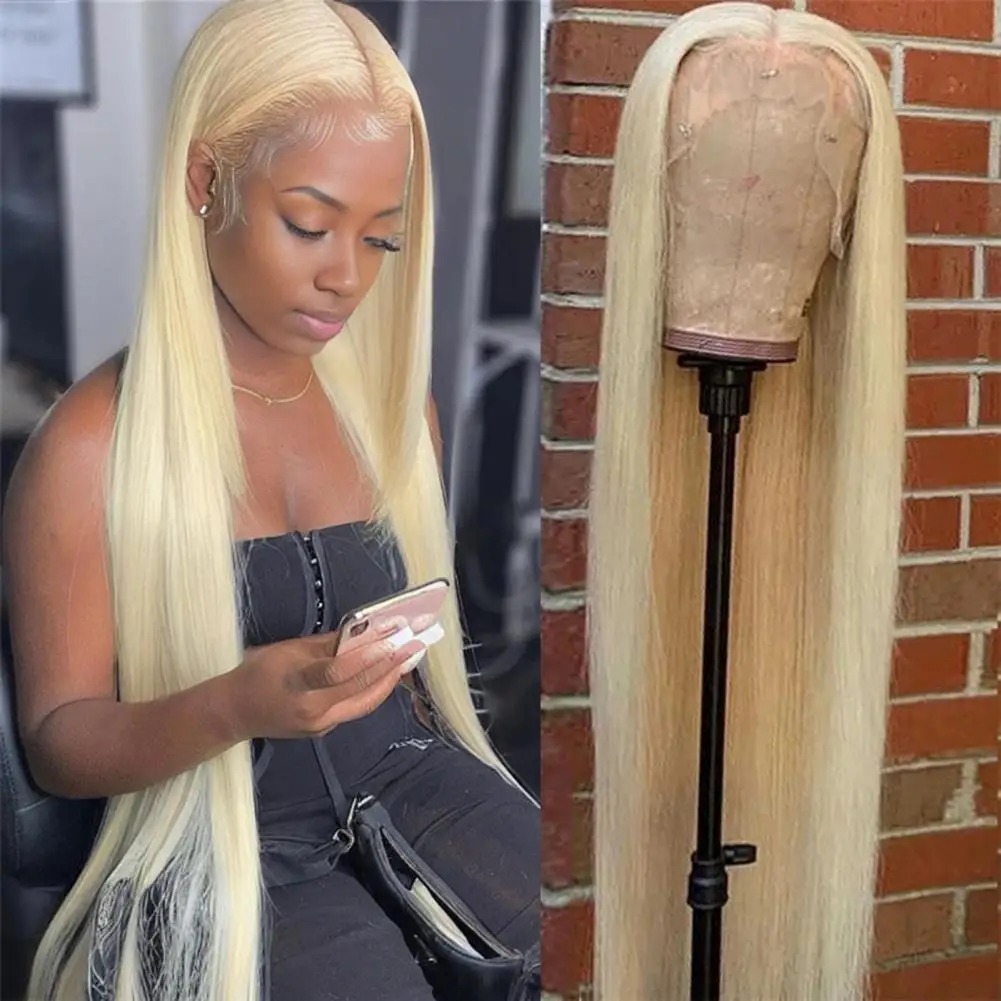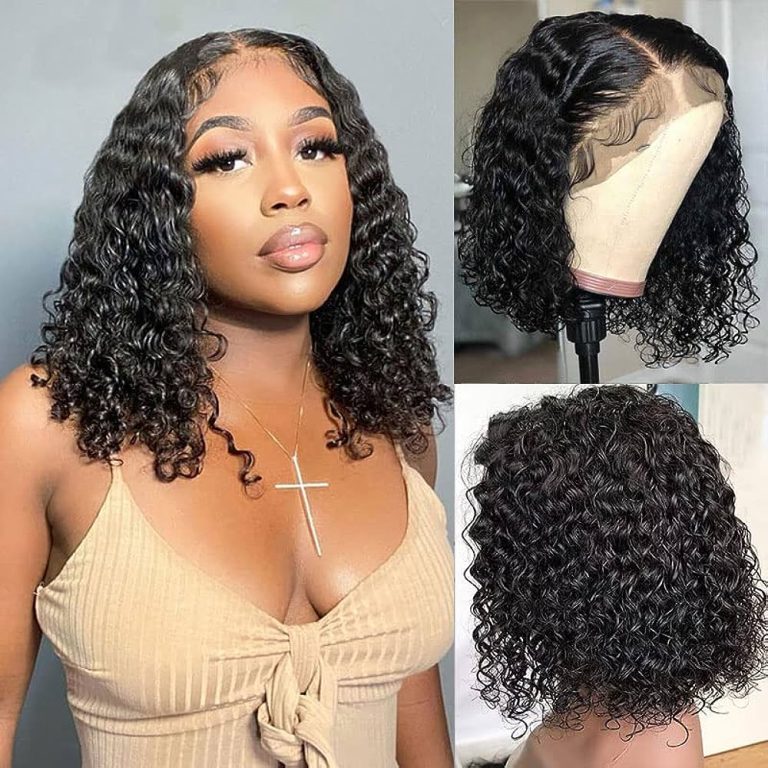
How to Wash A Synthetic Wig
Keeping Your Synthetic Hair Fresh and Fabulous
Synthetic wigs offer a convenient and stylish way to change up your look, but proper maintenance is crucial for their longevity and appearance. Washing your synthetic wig regularly helps maintain its shine, shape, and overall quality. How to wash a synthetic wig? This comprehensive guide will walk you through the process of washing your synthetic wig, from preparation to drying and styling. By following these steps, you’ll ensure that your wig stays in top condition, allowing you to enjoy its beauty for many wears to come. Whether you’re a first-time wig wearer or a seasoned enthusiast, these tips will help you keep your synthetic hair looking fresh and fabulous.
Gathering Your Supplies: What You’ll Need
Before diving into the washing process, it’s essential to gather all the necessary supplies. How to wash a synthetic wig?Start by selecting a mild shampoo specifically formulated for synthetic wigs. Regular hair shampoos can be too harsh and may damage the fibers. Next, prepare a wide-toothed comb or a wig brush to gently detangle the hair before and after washing. You’ll also need a clean towel for blotting excess water and a wig stand or styrofoam head for drying and styling. Additionally, consider having a spray bottle filled with cool water and a leave-in conditioner designed for synthetic hair on hand. These items will help you maintain the wig’s softness and manageability. Lastly, ensure you have a clean sink or basin for washing and a cool, dry area for the wig to air dry. By having all these supplies ready, you’ll streamline the washing process and achieve the best results for your synthetic wig.

Preparing Your Wig: Detangling and Brushing
The first step in washing your synthetic wig is to prepare it properly. Begin by gently detangling the wig using a wide-toothed comb or a wig brush. Start at the ends of the hair and work your way up to the roots, being careful not to pull or tug too hard on the fibers. This step is crucial as it prevents matting and tangling during the washing process. If you encounter stubborn knots, use your fingers to carefully separate the strands before attempting to brush through them. For curly or wavy wigs, consider using a pick or your fingers to loosen the hair gently. Once the wig is thoroughly detangled, give it a final brush through to ensure all strands are smooth and aligned. This preparation stage not only makes the washing process easier but also helps maintain the wig’s style and shape. Remember to handle the wig with care throughout this process to avoid damaging the delicate synthetic fibers.
The Washing Process: Gentle Cleansing Techniques
Now that your wig is prepared, it’s time to begin the washing process. Fill a sink or basin with cool water and add a small amount of synthetic wig shampoo. Gently swish the water to create a mild lather, but avoid agitating it too much. Submerge the wig in the water and use your fingers to carefully work the shampoo through the hair, focusing on the cap area where oils and products tend to accumulate. Avoid rubbing or twisting the hair, as this can cause tangling and damage to the fibers. Instead, use a gentle patting motion to cleanse the wig thoroughly. Pay special attention to areas that come into contact with your skin, such as the nape of the neck and around the ears. After about 5 minutes of gentle cleansing, drain the soapy water and refill the sink with clean, cool water. Rinse the wig thoroughly, again using a patting motion to remove all traces of shampoo. Repeat the rinsing process until the water runs clear, ensuring no residue is left behind.

Conditioning: Nourishing Your Synthetic Strands
After washing, conditioning your synthetic wig is an important step to maintain its softness and manageability. While not all synthetic wigs require conditioning, those worn frequently or exposed to harsh elements can benefit from this extra care. Choose a conditioner specifically formulated for synthetic hair and apply it sparingly to the mid-lengths and ends of the wig. Avoid applying conditioner to the roots or cap area, as this can weigh down the hair and affect the wig’s volume. Gently work the conditioner through the strands using your fingers, being careful not to rub or tangle the hair. Let the conditioner sit for 2-3 minutes, allowing it to penetrate the fibers. Then, rinse the wig thoroughly with cool water, ensuring all the conditioner is removed. For an extra boost of hydration, consider using a leave-in conditioner spray after the final rinse. This step helps to keep the synthetic fibers soft, shiny, and more resistant to tangling.
Drying Your Wig: Proper Techniques for Best Results
Proper drying is crucial for maintaining the shape and style of your synthetic wig. After rinsing, gently squeeze out excess water from the wig, being careful not to wring or twist the hair. Next, place the wig on a clean towel and blot it gently to remove more moisture. Avoid rubbing the hair, as this can cause frizz and tangling. Once you’ve removed as much water as possible with the towel, place the wig on a wig stand or styrofoam head to air dry. Position the wig so that air can circulate freely around it, promoting even drying. If your wig has a specific style, you may need to adjust its position or use pins to maintain the desired shape as it dries. Never use heat to dry a synthetic wig, as this can damage the fibers and alter the wig’s style permanently. Instead, allow the wig to air dry naturally, which typically takes 24-48 hours depending on the length and thickness of the hair.

Styling Your Freshly Washed Wig: Tips and Tricks
Once your synthetic wig is completely dry, it’s time to style it. Most synthetic wigs will return to their original style after washing, but some may need a little help to regain their shape. Start by gently brushing or combing the wig, working from the ends up to the roots to avoid tangling. For straight wigs, use a wide-toothed comb or wig brush to smooth out the strands. For curly or wavy wigs, use your fingers or a pick to separate and define the curls gently. If your wig has lost some of its original styling, you can use cool setting products specifically designed for synthetic hair to reshape it. Avoid using heat styling tools on synthetic wigs, as they can melt or damage the fibers. Instead, opt for rollers or pin curls to create new styles or refresh existing ones. For added volume, gently backcomb the roots using a wig brush. Remember to be gentle throughout the styling process to preserve the wig’s quality and longevity.
Maintaining Your Wig Between Washes: Daily Care Tips
Proper care between washes is essential for keeping your synthetic wig looking its best. Start by storing your wig on a wig stand or in a breathable wig box when not in use. This helps maintain its shape and prevents tangling. Before wearing your wig, give it a gentle brush or comb to remove any knots or tangles. Throughout the day, avoid touching or playing with the wig excessively, as this can lead to tangling and product buildup. If your wig becomes tangled during wear, use your fingers or a wide-toothed comb to gently work out the knots. At the end of the day, give your wig another gentle brush before storing it. For synthetic wigs that are worn daily, consider using a dry shampoo or wig refresher spray to absorb excess oils and odors between washes. These products can help extend the time between full washes and keep your wig looking fresh and clean.

Troubleshooting Common Issues: Solutions for Wig Woes
Even with proper care, synthetic wigs may occasionally face some challenges. One common issue is frizz, which can be tamed by using a small amount of wig conditioner or a silicone-based serum designed for synthetic hair. Apply the product sparingly to the affected areas, focusing on the ends. For wigs that have lost their shine, try using a shine spray formulated for synthetic fibers to restore luster. If your wig has become matted or tangled, don’t panic. Start by gently working out the knots with your fingers, then use a wide-toothed comb to carefully detangle the hair. For stubborn tangles, you may need to wash the wig following the steps outlined earlier. If your wig has lost its original style, consider taking it to a professional wig stylist for reshaping. They can often revive even severely damaged wigs using specialized techniques and products. Remember, prevention is key, so always handle your wig gently and follow proper care instructions to avoid these issues.
When to Replace Your Synthetic Wig: Signs It’s Time for a New Look
While proper care can significantly extend the life of your synthetic wig, eventually, all wigs will need to be replaced. Signs that it’s time for a new wig include excessive shedding, persistent tangling that doesn’t improve with washing, and a dull or faded appearance that doesn’t respond to conditioning or shine products. If the wig’s cap has stretched out or no longer fits comfortably, it may be time for a replacement. Additionally, if the wig’s style has become impossible to maintain or the ends appear frayed and damaged, consider investing in a new piece. Most synthetic wigs last between 4-6 months with daily wear, though this can vary depending on the quality of the wig and how well it’s been maintained. When shopping for a new wig, consider trying different styles or colors to refresh your look. Remember, a well-maintained wig not only looks better but also provides a more natural and comfortable wearing experience.

